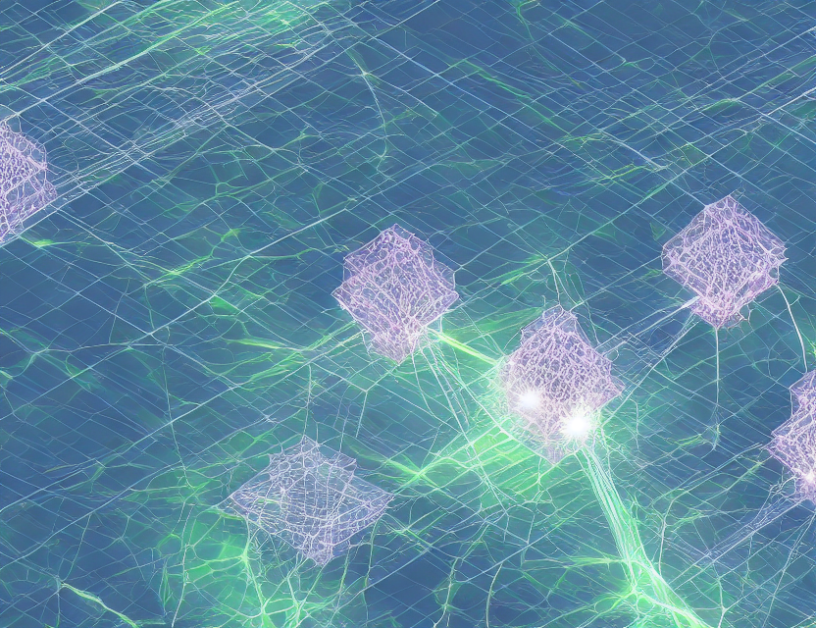In this article, we delve into the fascinating realm of nonlocality and communication complexity, demystifying these concepts through accessible language and engaging analogies. We explore how nonlocality, a phenomenon where the properties of entangled systems are not confined to a single location, can lead to unexpected outcomes in communication complexity.
Section 1: Introduction to Nonlocality
Nonlocality is a fundamental aspect of quantum mechanics, where the behavior of two or more particles becomes intertwined, regardless of their separation distance. This phenomenon challenges our classical understanding of space and time, as it violates the principle of locality. In essence, nonlocality implies that the properties of entangled systems are not restricted to a single location or event, but can be instantaneously shared across vast distances.
Section 2: Communication Complexity
In communication complexity, we investigate how efficiently information can be conveyed between two parties. In this context, nonlocality plays a crucial role in shaping the communication landscape. By harnessing the power of entanglement, we can create more efficient protocols for transmitting and processing information, leading to significant reductions in communication complexity.
Section 3: Orbits of Boxes
To better comprehend these concepts, let’s consider a thought experiment: imagine two boxes, Alice and Bob, who share randomness to compress their messages. By examining the orbits of these boxes, we can identify patterns that reveal how nonlocality affects communication complexity. In particular, we find that certain orbits collapse communication complexity, signaling the presence of nonlocality.
Section 4: More Efficient Algorithm
To further optimize communication complexity, we devise a more efficient algorithm, Line Search with Resets. This technique combines elements of Gradient Descent and Line Search, allowing us to estimate the best coefficient α at each step while periodically resetting bad outcomes. By employing this strategy, we can significantly reduce the communication complexity required to achieve maximum nonlocality.
Conclusion
In conclusion, our guide has unraveled the mysteries of nonlocality and communication complexity, demonstrating their interplay through engaging analogies and examples. By harnessing the power of entanglement, we can create more efficient protocols for conveying information, paving the way towards a deeper comprehension of these fascinating phenomena.



